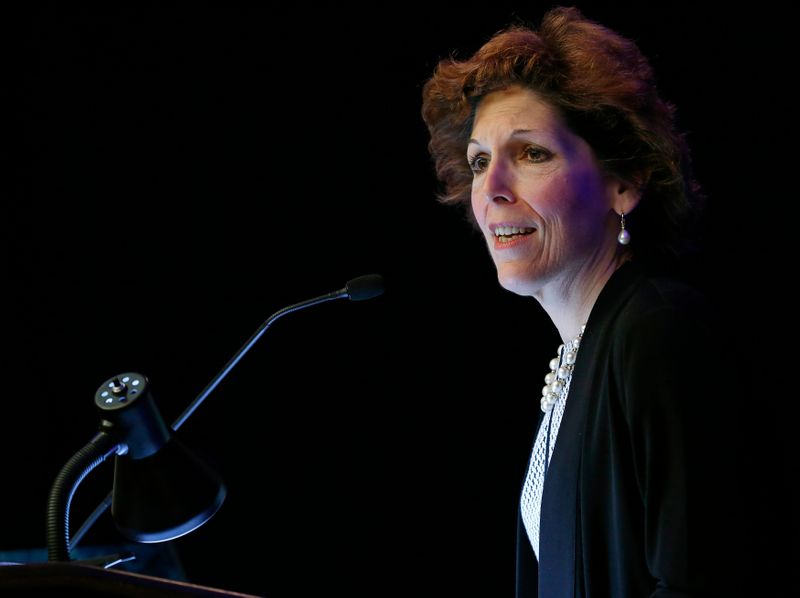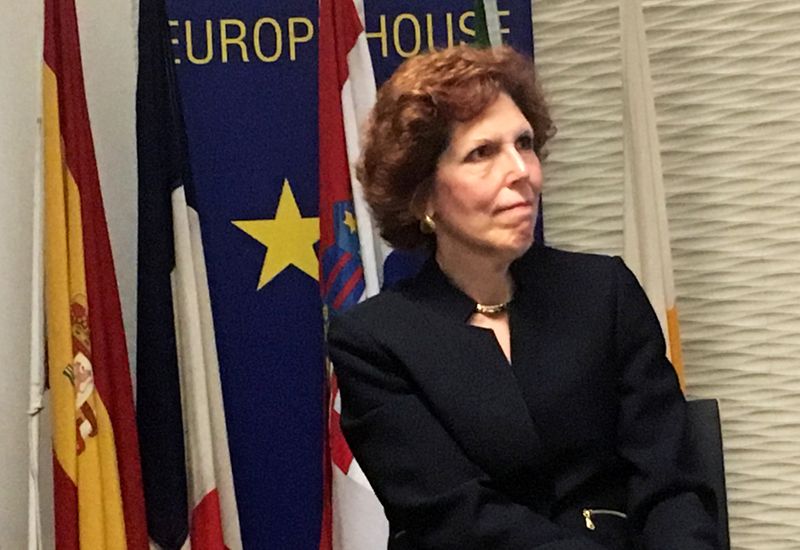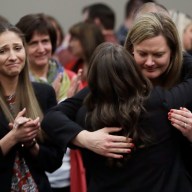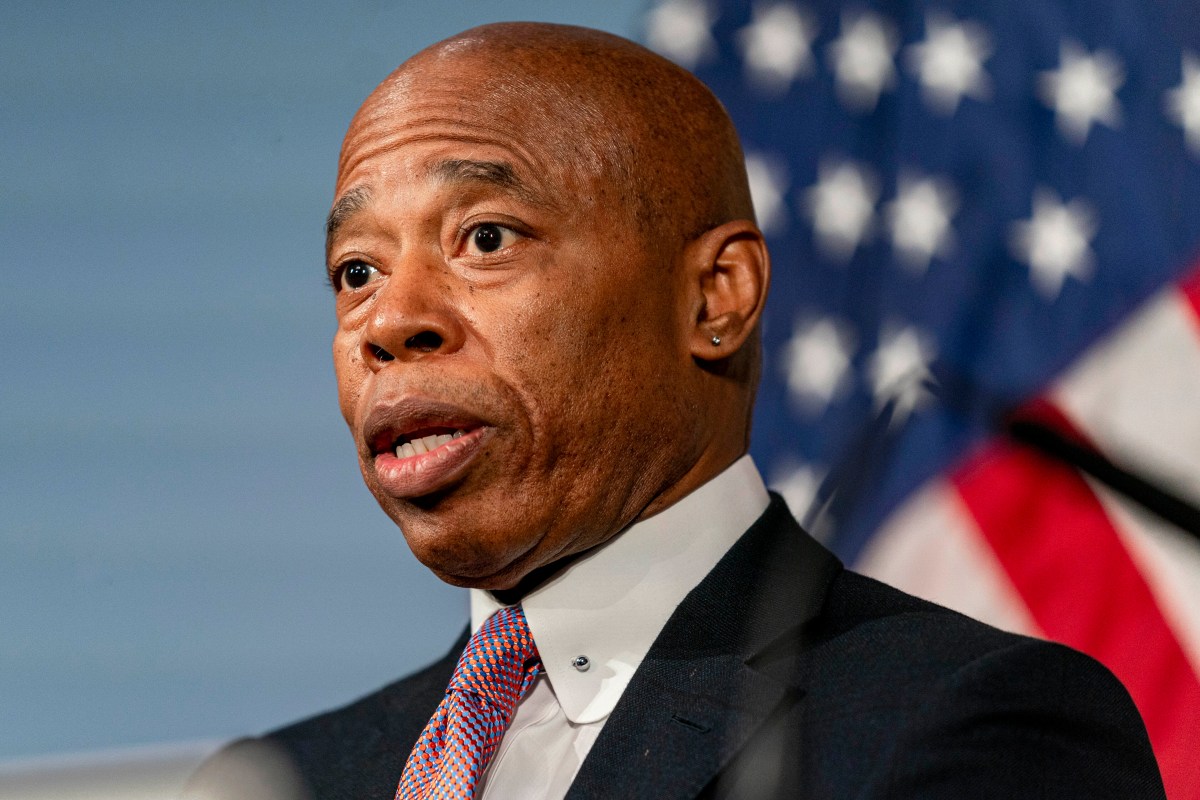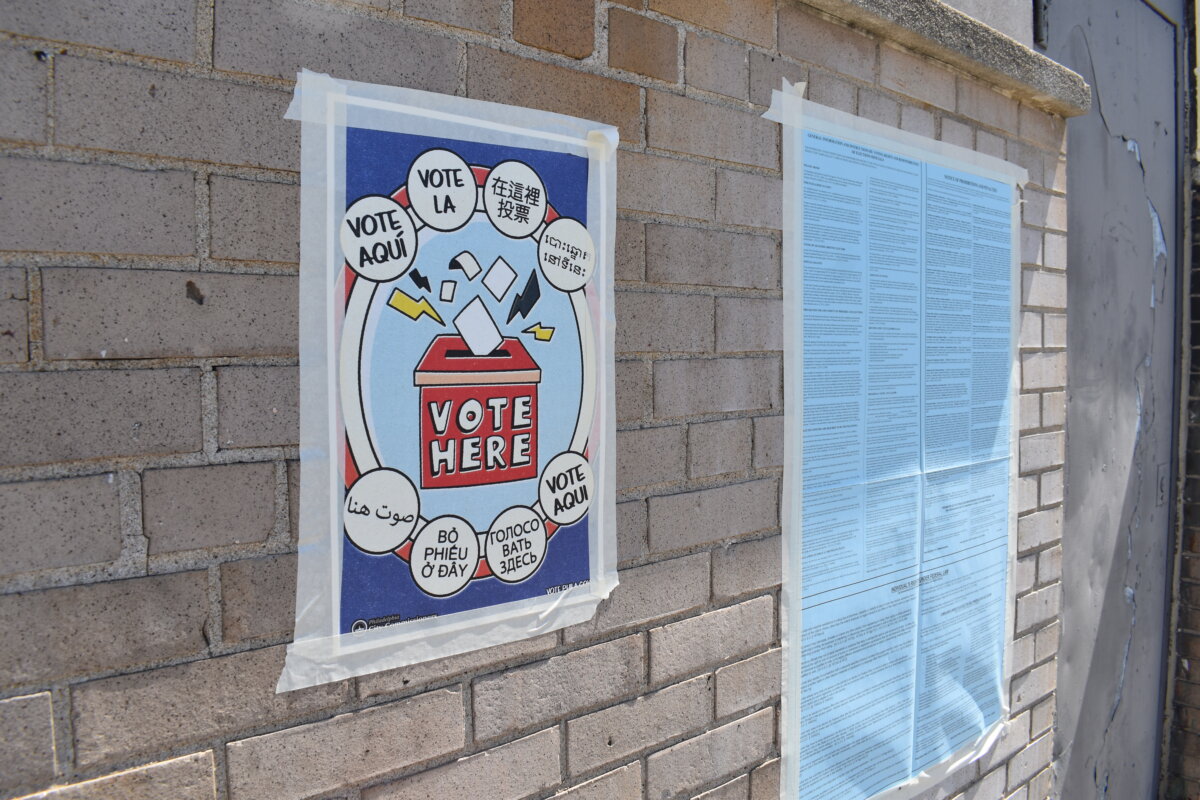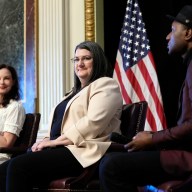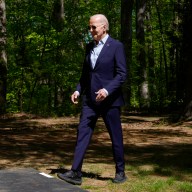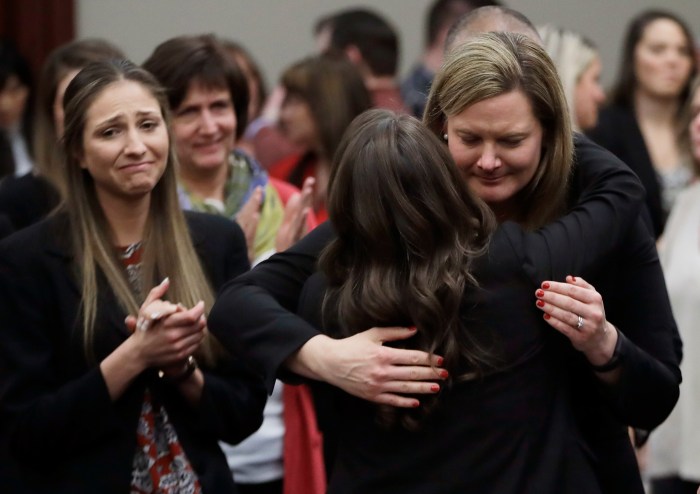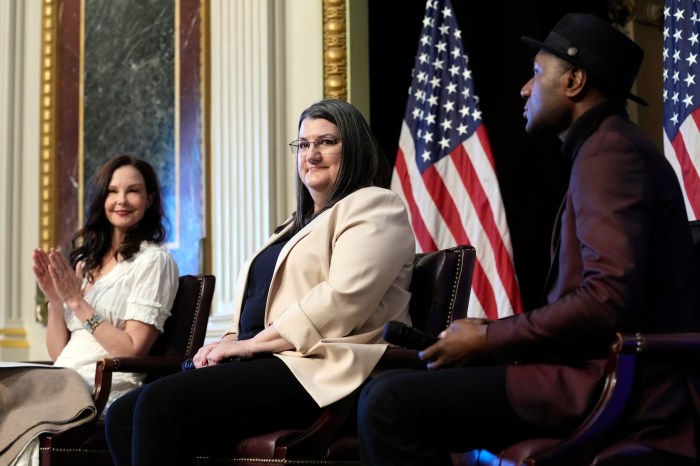(Reuters) – More progress needs to be made on testing and treatments to control the coronavirus outbreak before people can feel safe and the U.S. economy can return to growth in the second half of the year, Cleveland Federal Reserve Bank President Loretta Mester said on Tuesday.
“A reasonable baseline outlook is that as some of the stay-at-home restrictions are lifted, the economy will begin to grow again in the second half of this year and unemployment will begin to move down,” Mester said in a speech delivered virtually to the CFA Society Chicago.
However, a more pessimistic scenario, in which a surge in cases requires businesses to shut down again or the crisis leads to more bankruptcies or instability in the banking sector, is “almost as likely” if the necessary conditions with testing and medical care do not fall into place, she said.
Businesses and states seeking to resume activity need to follow recommendations from health officials by using social distancing, masks and testing to prevent a wave of new infections, Mester said.
“These are a lot of conditions, which is another way of saying there is considerable risk around this outcome,” she said, adding that more fiscal support will be needed to avoid the most dire outcomes. “So I think it makes sense for policymakers to continue to monitor the economy, continue to support the flow of credit to households and businesses and the smooth functioning of financial markets.”
As the coronavirus spread across the globe, the Fed moved to stabilize financial markets and shelter the U.S. economy by slashing interest rates to zero, launching an open-ended round of asset purchases and creating a myriad of emergency lending tools.
The U.S. economy could see a dramatic decline in the second quarter, with real gross domestic product growth falling by between 25% and 40%, Mester said. The unemployment rate, which rose to 14.7% in April could climb as high as 20% or more, she said.
Mester said the Fed will continue to work to stabilize markets, but she does not support using negative rates as a policy tool. Negative rates were once considered unthinkable in the United States, but investors are now increasingly bet they may be possible by the end of this year.
“I think that the effects on the banking system and money market funds would make me not want to use that as a tool,” she said during a conference call with reporters following her speech.
(Reporting by Jonnelle Marte; Editing by Leslie Adler)

